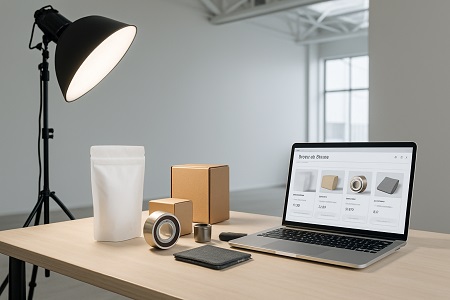
In today’s crowded global marketplace, standing out is no longer optional — it’s essential. On B2B platforms like Global Online Market (GOM), where Buyers compare multiple offers in seconds, how you present your products can make the difference between a closed deal and a missed opportunity.
Here’s how to optimize your product listings and get noticed by professional Buyers:
Avoid generic headlines. A strong product title shows exactly what you're offering, for whom, and in what format:
Use relevant keywords to boost search visibility, but keep the title readable and direct.
2. Professional Product Images with No Distractions
Images are the first thing Buyers see. On B2B platforms, they need to inspire trust:
For early-stage businesses, check out How Small Businesses Can Compete on Global B2B Platforms for practical tips.
Go beyond features and show why they matter:
Include:
Professional Buyers appreciate quick access to technical data. A table format works better than dense paragraphs:
|
Size |
Material | Packaging | Color |
| 30 x 45 cm | PET | 1000 pcs | Transparent |
Clarity builds trust. Clearly state:
For more on this, explore Understanding B2B Trade Terms: From MOQ to FOB and Beyond
If available, include:
These build buyer confidence and reduce hesitation.
Clear, fluent English is essential. Avoid raw machine translations. If you’re targeting multilingual markets, consider localizing listings into Spanish, Arabic, or German using professional tools.
Conclusion: Your Listing Is Your First Impression
In B2B, your product page is often your only chance to pitch to a Buyer. With a clear, benefit-oriented presentation, powerful visuals, and honest details, you build the trust needed to win the sale.
Want to go further? Learn how to build long-term buyer-seller relationships online to turn one-time orders into repeat business.
Share this article on: